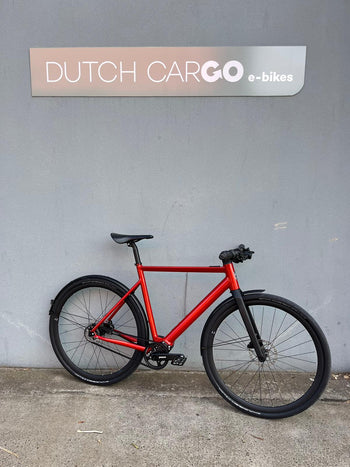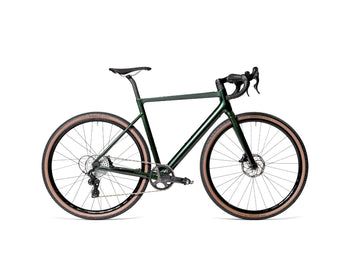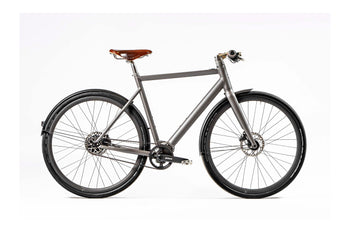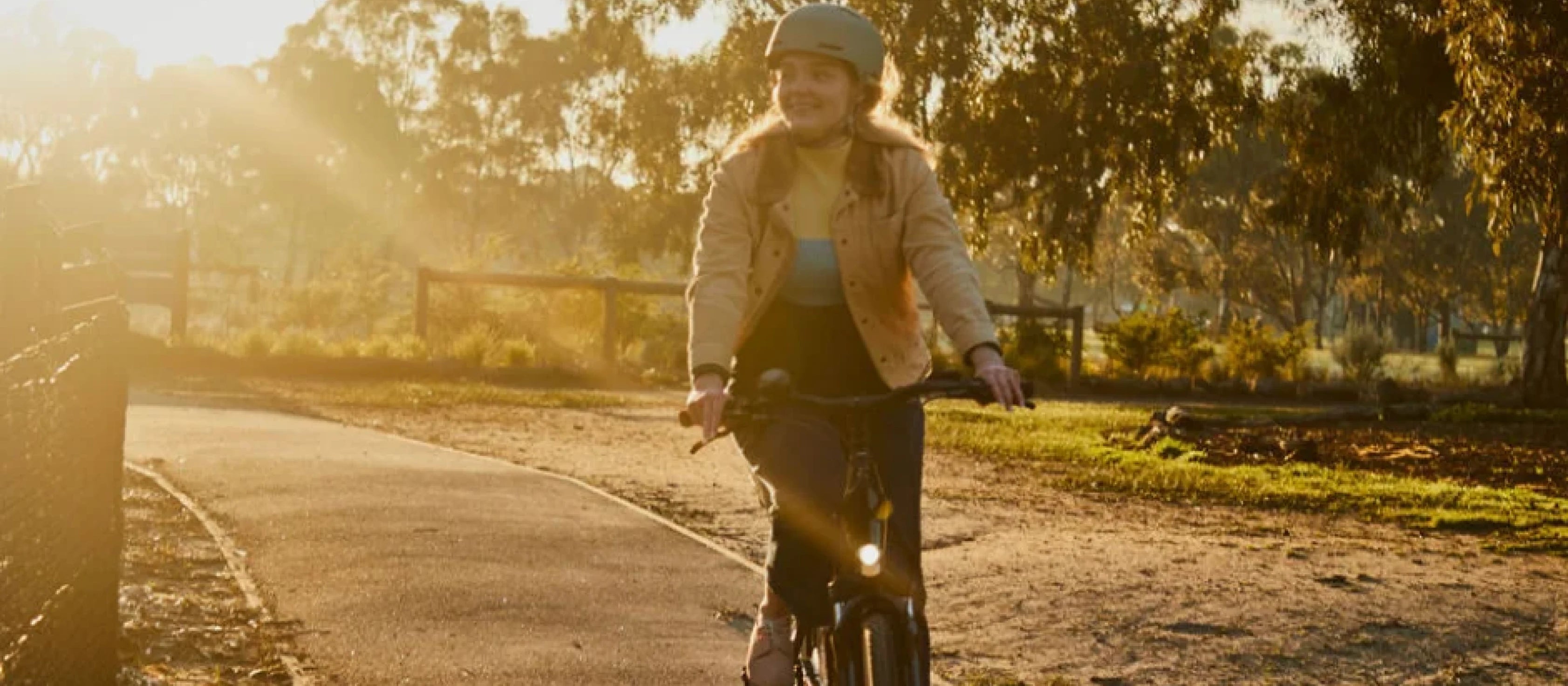Reduced unsprung mass and central weight
Being located around the bottom bracket of the main frame, most of the drivetrain mass (aside from the chain, rear hub and rear sprocket) is situated low and central on the bike which increases stability of the system.
Moreover, this takes weight off of the rear triangle / axle and puts it on a part of the bike supported by the suspension. This makes the rear suspension system lighter and able to react quicker to terrain and generally do a better job!
Reduced unsprung mass and central weight






